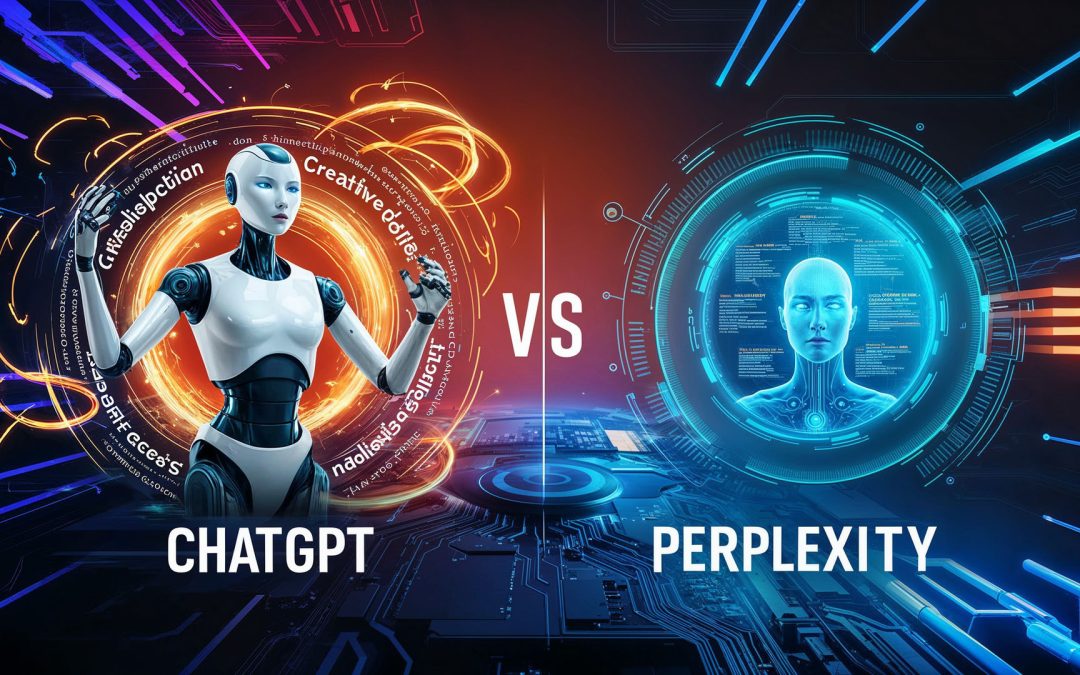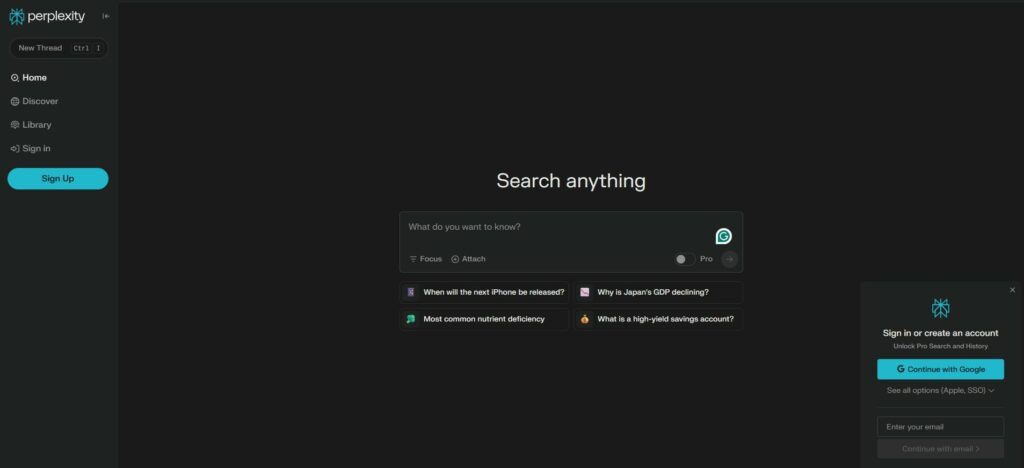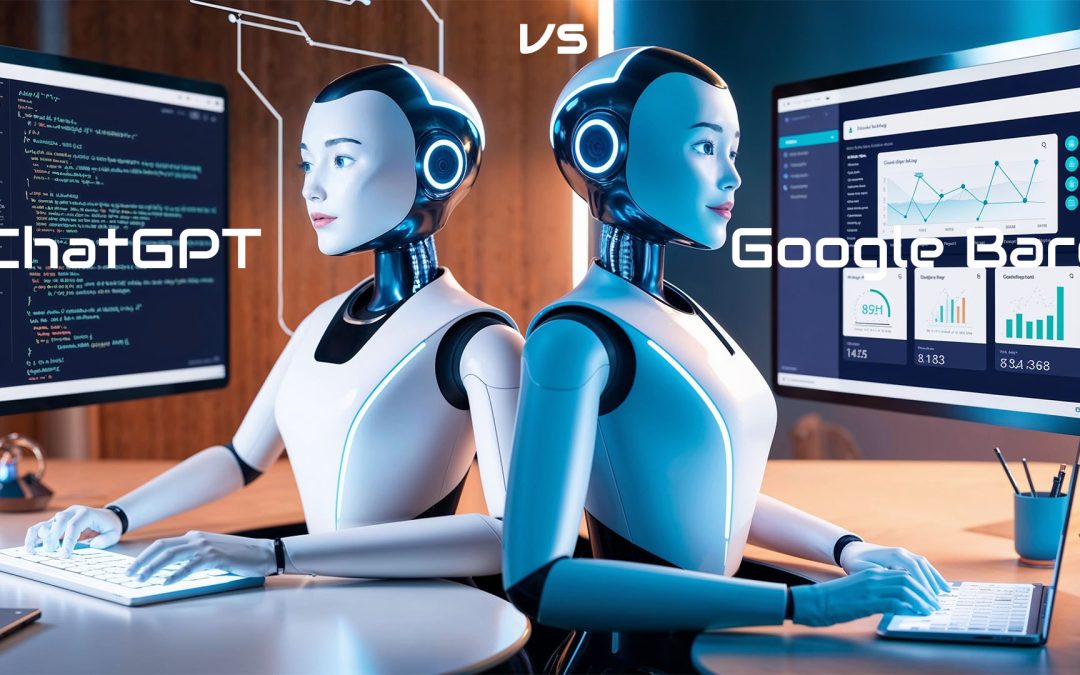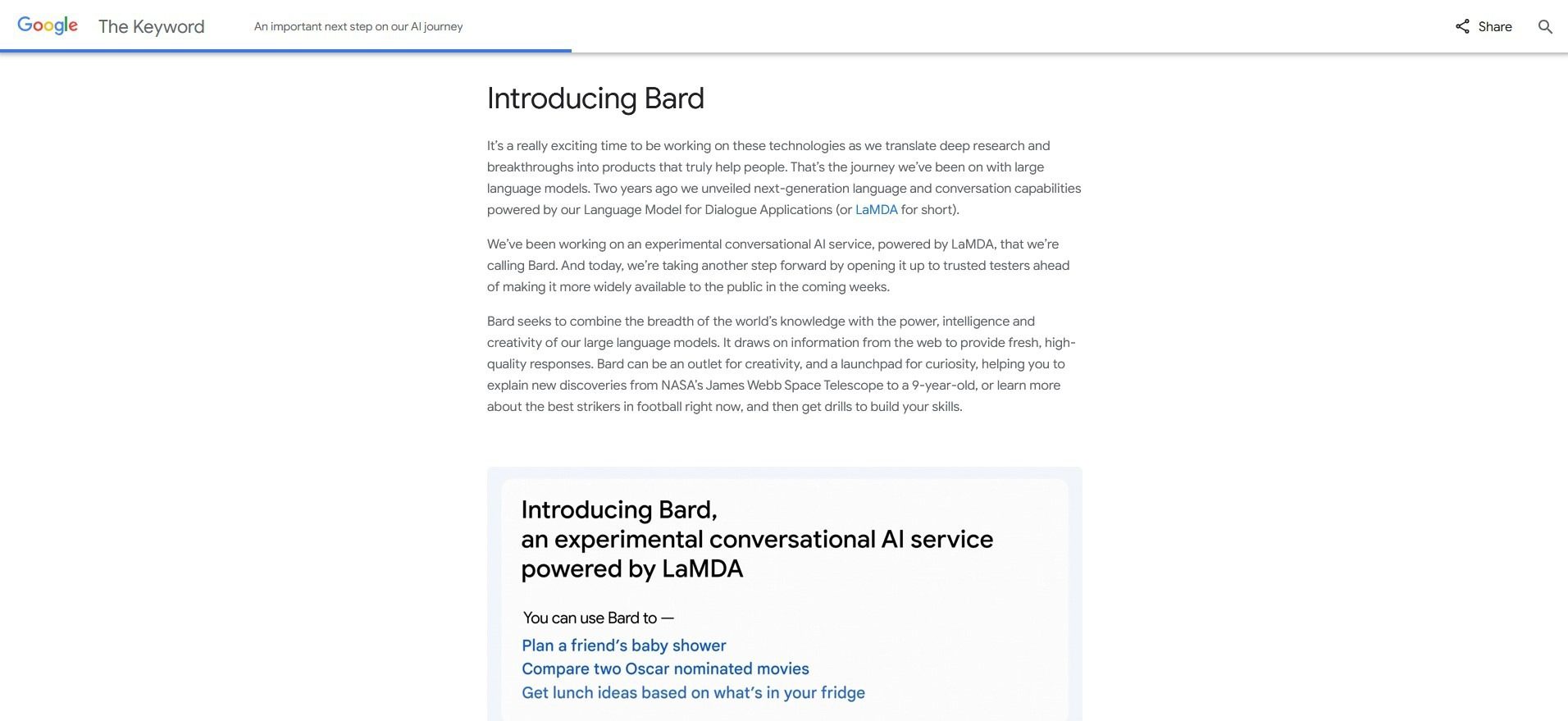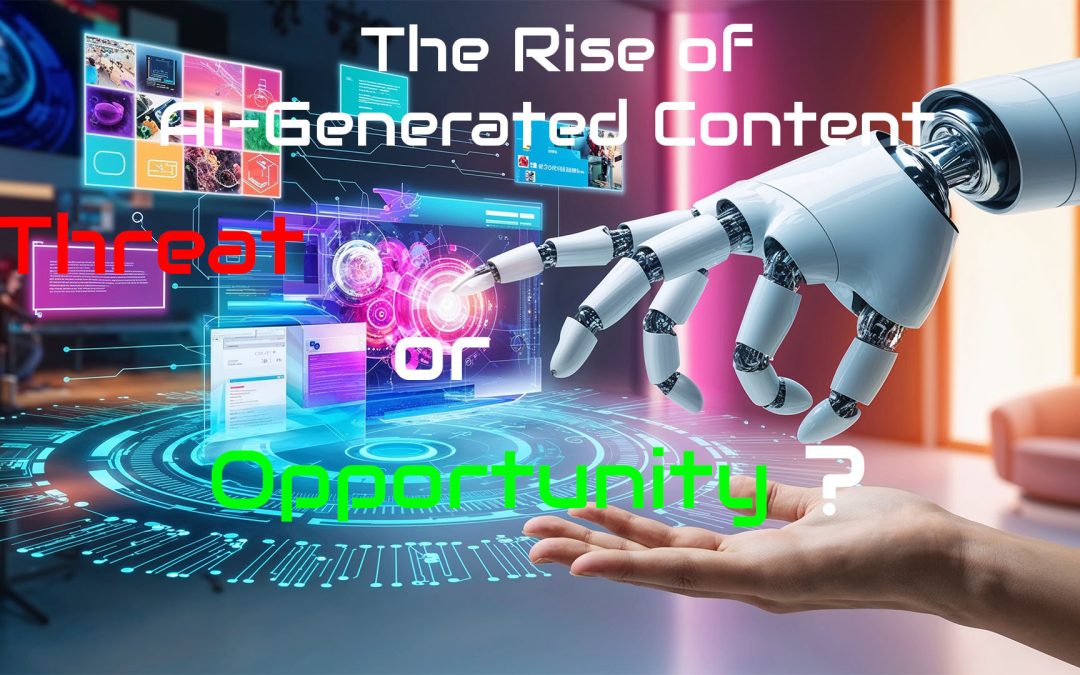
Revolutionary Carbon Capture Technologies: 21st Century Game-Changer?
Introduction to Carbon Capture Technologies
In a world grappling with the effects of climate change, carbon capture technologies (CCTs) emerge as a beacon of hope.
These advanced systems aim to mitigate the alarming levels of CO2 in the atmosphere, offering a pathway to a sustainable future.
From industrial giants to startups, the race is on to refine these technologies and scale them globally.
This comprehensive article delves into the core aspects of carbon capture technologies, exploring their significance, types, challenges, and transformative potential.
Understanding Carbon Capture Technologies
Carbon capture technologies extract carbon dioxide emissions from industrial processes, power generation, and the air itself.
The captured CO2 is stored underground or repurposed for commercial use, preventing it from entering the atmosphere.
Types of Carbon Capture Technologies
- Post-Combustion Capture: Captures CO2 after fossil fuels are burned. It’s widely used because it is compatible with existing power plants.
- Pre-Combustion Capture: Involves capturing CO2 before the combustion process, often used in chemical plants.
- Direct Air Capture (DAC): Removes CO2 directly from the atmosphere using advanced filtration techniques.
- Bioenergy with Carbon Capture and Storage (BECCS): Combines biomass energy production with carbon capture for a net-negative carbon footprint.
Advantages of Carbon Capture Technologies
- Reduction of Greenhouse Gases: Significantly cuts CO2 emissions from industrial and power generation processes.
- Promotes Circular Economy: Reused CO2 finds applications in products like synthetic fuels and building materials.
- Supports Renewable Energy Transition: Acts as a bridge while the world scales up renewable energy infrastructure.
- Economic Growth: Opens avenues for new industries focused on CO2 reuse and storage.
Challenges in Implementing Carbon Capture Technologies
Despite their potential, CCTs face significant hurdles:
- High Costs: Current technologies are expensive to install and operate.
- Energy Intensity: The processes often require substantial energy, reducing their overall efficiency.
- Infrastructure Needs: Large-scale deployment requires robust CO2 transport and storage systems.
- Regulatory Barriers: Policy and regulatory frameworks are still evolving to accommodate these technologies.
Emerging Trends and Innovations
- Enhanced Direct Air Capture (DAC): Innovations in DAC systems are reducing costs and improving efficiency.
- Carbon Mineralization: Research focuses on converting CO2 into stable carbonates for long-term storage.
- Integration with AI: Artificial intelligence optimizes capture processes and storage site selection.
- Ocean-based Capture: Pioneering methods aim to utilize oceans as natural carbon sinks.
❓ FAQs – Revolutionary Carbon Capture Technologies
What are carbon capture technologies?
A.: Carbon capture technologies remove CO₂ from industrial emissions or the atmosphere to reduce greenhouse gases.
How does direct air capture work?
A.: It uses advanced filters and chemicals to extract CO₂ directly from the air.
What is the purpose of carbon capture and storage (CCS)?
A.: CCS captures CO₂ and stores it underground or in geological formations to prevent atmospheric release.
Why are carbon capture technologies important?
A.: They are vital for reducing CO₂ emissions, combating climate change, and achieving net-zero goals.
What are the challenges of carbon capture?
A.: High costs, energy demands, and infrastructure needs are key challenges.
Can carbon capture technologies be used with renewable energy?
A.: Yes, they complement renewable energy by mitigating emissions from non-renewable sources during the transition.
What industries benefit most from carbon capture?
A.: Power generation, cement production, and steel manufacturing benefit significantly from carbon capture.
What is BECCS?
A.: BECCS stands for Bioenergy with Carbon Capture and Storage, combining biomass energy and CO₂ capture for net-negative emissions.
Are there eco-friendly uses for captured CO₂?
A.: Captured CO₂ can create synthetic fuels, carbonated beverages, and eco-friendly building materials.
What’s the future of carbon capture technologies?
A.: With innovations and policy support, carbon capture technologies are set to play a crucial role in global sustainability.
Conclusion and Summary
Carbon capture technologies represent a transformative solution to the pressing issue of climate change.
By capturing CO2 emissions and repurposing or storing them, these technologies pave the way for a more sustainable and resilient future.
Despite challenges such as high costs and energy demands, advancements in research and supportive policies are driving progress.
As we stand at the crossroads of environmental action, adopting and scaling carbon capture technologies will play a crucial role in achieving global climate goals.
📚 Related Posts You May Be Interested In
- Green Tech Innovations – Discover sustainable breakthroughs ⬈
- Sustainable Energy Efficiency – Reducing Carbon Footprint ⬈
- Blockchain: Revolutionizing Supply Chains and Finance ⬈
- Mixed Reality in 2025 – Where Virtual and Physical Meet ⬈
- Edge Computing – Powering Future-Ready Infrastructure ⬈
This post is part of the Definitive Guide to Brilliant Emerging Technologies in the 21st Century ⬈, where you can find out more about the topic.
Thanks for reading.
Resources – Carbon Capture Technologies
- Carbon Capture Coalition ⬈
- Department of Energy (DOE) – Office of Fossil Energy and Carbon Management ⬈
- International Energy Agency (IEA): Carbon Capture, Utilisation and Storage ⬈
- Global CCS Institute ⬈
ℹ️ Note: Due to the ongoing development of applications and websites, the actual appearance of the websites shown may differ from the images displayed here.
The cover image was created using Leonardo AI ⬈.


